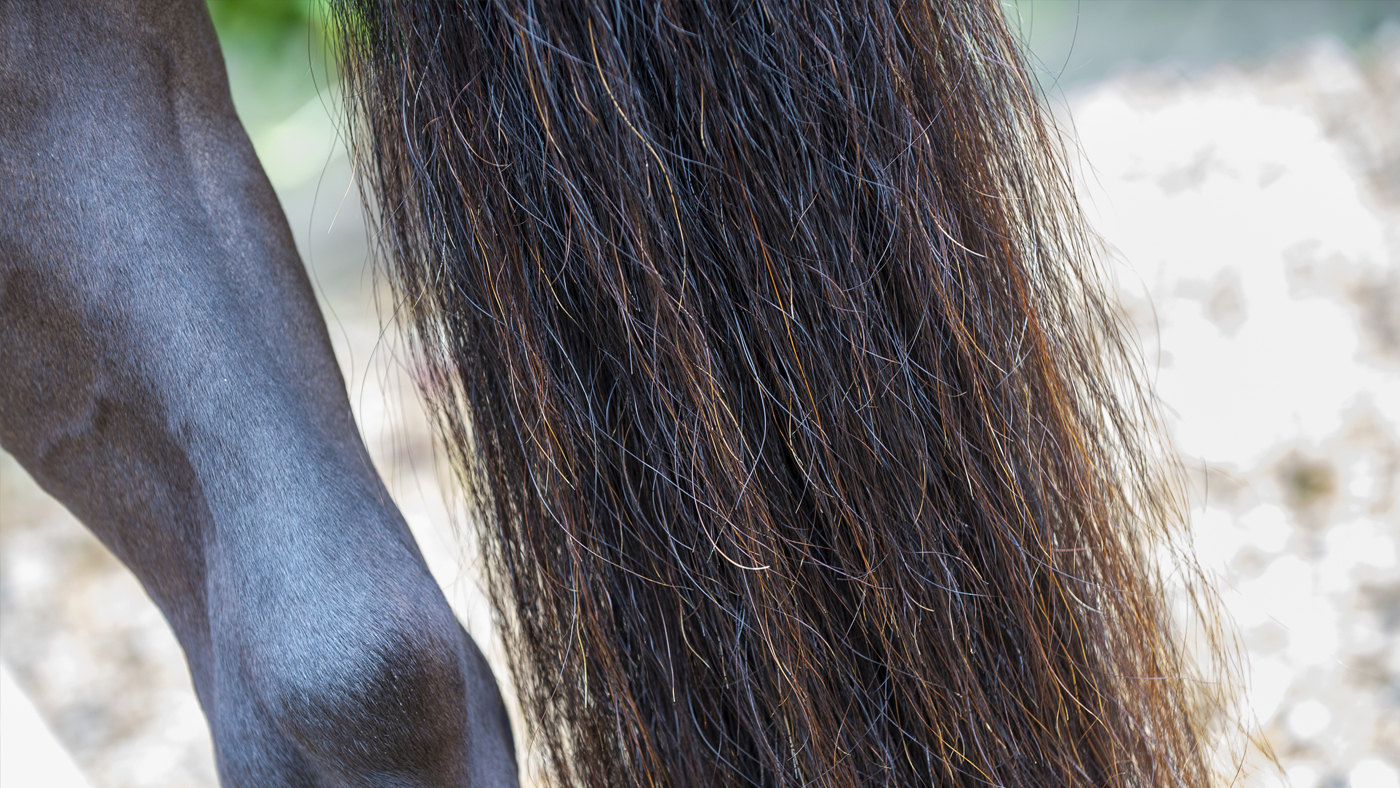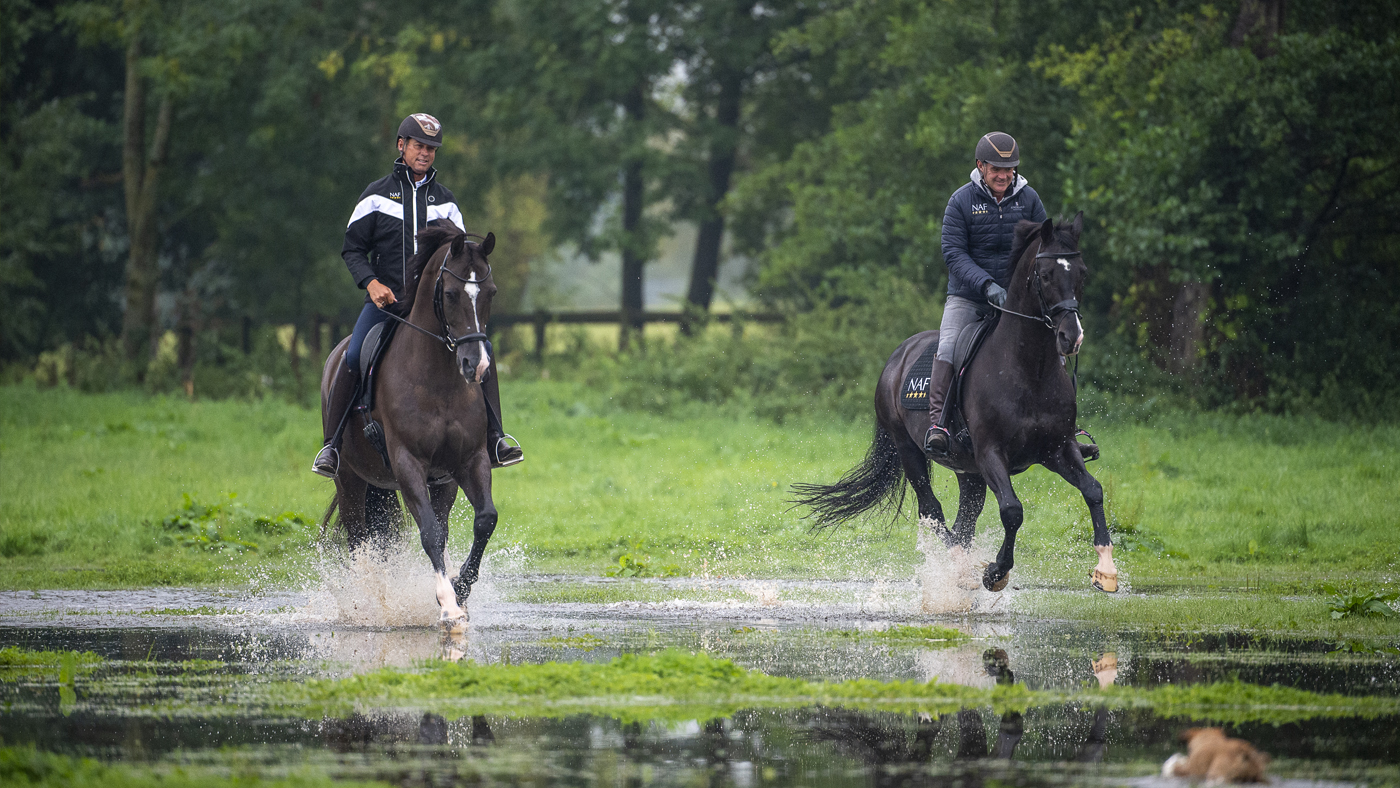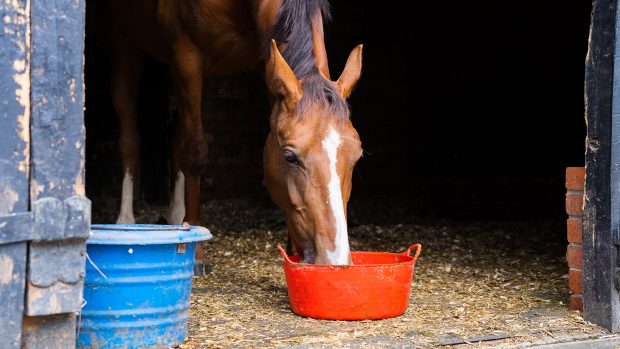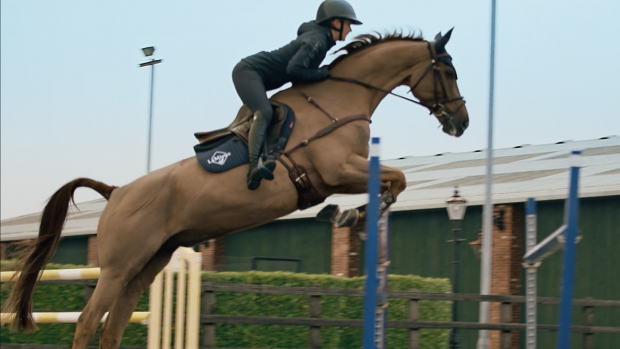Promotional feature with NAF
Kate Hore RNutr(Animal) Nutritionist at NAF
Horses face many of the same challenges that we face as we age. The term ‘inflammageing’ refers to long-term low-grade inflammation within the body, with increased levels of ‘cytokines’, those substances involved in inflammatory responses. ‘Immunosenescence’ refers to a gradual decline in the immune system as we age, leaving us less able to bounce back and feeling more familiar with the aches and pains of our advancing years! Inflammageing and immunosenescence research has grown in recent years, such that they are now both well recognised in people and horses1.
With our horses it is often joints and soundness that first show the signs of this ageing, where it is a particular concern in working and competition horses. We know, while maintaining fitness is great for their health and performance, exercise does significantly impact joint changes2. Therefore, it’s important to regularly monitor performance horses for any changes, and support joint health throughout their careers.
It is not just the stresses of peak performance that challenge a horse’s joint health, but many daily factors too including their age, type of arena surface, training regime and body condition score. The result being that research shows a third of dressage horses, for example, have issues with lameness through their career3. Thus, many vets now recommend that working equines should receive daily joint support, and competition riders agree4; but what ingredients should you be looking for, and does the blend matter?

Glucosamine is the best known and well-researched, but choose wisely as Glucosamine sulphate is found to be more effective than the more widely used hydrochloride (HCl)5. Although glucosamine is important, no single ingredient is the answer to complex joint health, and research demonstrates the power of synergy when the right blends are fed together. For example, MSM and antioxidants work together to support joint health when fed synergistically in jumping horses6, so it’s not all about the glucosamine. Therefore we recommend you choose the right blend for your horse and their level of work, to support daily soundness through every life-stage, and particularly for the older and veteran horse.

NAF Five Star Superflex Senior provides a unique synergistic blend of the key joint support nutrients glucosamine sulphate, MSM, chondroitin, H.A and unique botanical antioxidants, to feed joints and nurture soundness. Building on the success of original Five Star Superflex, Superflex Senior also incorporates a unique omega 3 blend, as research across species supports the role of omega 3 fatty acids in the body’s own response to natural inflammaging7. NAF Five Star Superflex Senior is a high specification equine joint formulation, recommended for older horses, elite athletes, or where a history of joint issues dictate.
However, don’t just take our word for it. Dressage superstar, Carl Hester CBE, trusts NAF to support all his horse’s joints. International travelling groom, Alan Davies, of Team Hester says “Care of our senior horses is very important. Olympic medallist Uthopia, 19yrs, relies on Superflex Senior and still loves doing his grand prix work.”

Selected References
- Hansen S. et al (2015) A review of the equine age-related changes in the immune system: comparisons between human and equine aging, with focus on lung-specific immune-ageing. Ageing Research Reviews. 20 p.11-23
- Yamada A.L.M et al (2020) Ultrasound and clinical findings in the metacarpophalangeal joint assessement of show jumping horses in training. Journal of Veterinary Science. (3)e21 doi: 10.4142/jvs.2020.21.e21.
- Murray R.C et al (2010) Identification of risk factors for lameness in dressage horses. Veterinary Journal. Apr 184(1) 27-36
- Agar C et al (2014) Use of Nutritional Supplements in Dressage and Eventing. Equine Veterinary Journal. Jun14, 30-31
- Meulyzer M et al (2008) Comparison of pharmacokinectics of glucosamine and synovial fluid levels following administration of glucosamine sulphate or glucosamine hydrochloride. Osteoarthritis and Cartilage. 16, 973-979
- Maranon G. et al (2008) The effect of methyl sulphonyl methane supplementation on biomarkers of oxidative stress in sport horses following jumping exercise. Acta Veterinaria Scandinavica 50(1) p.45
- Calder P.C et al (2017) Health relevance of the modification of low grade inflammation in ageing (inflammageing) and the role of nutrition. Ageing Research Reviews. 40. P.95-119




